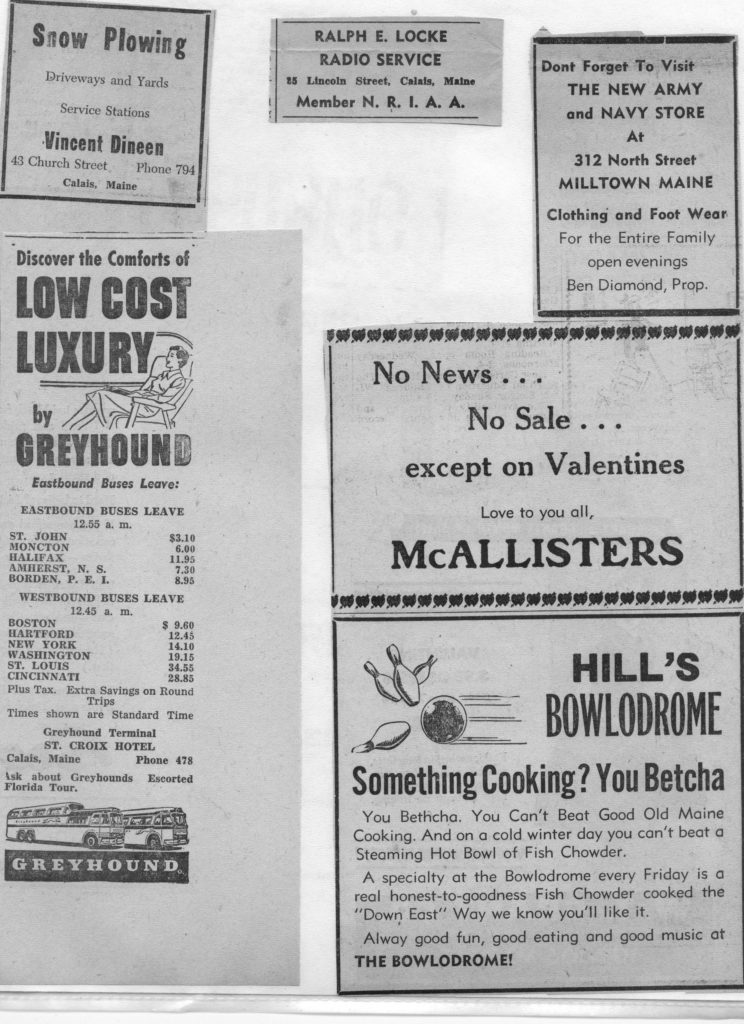The year 1956 was a momentous one on the world stage: Khrushchev denounced Stalin, a hopeful sign that the Soviets might be mellowing, but the Soviets then began conducting multiple nuclear tests—putting the rest of the world on edge and accelerating the nuclear arms race. If these actions sent conflicting signals, the invasion of Hungary by the Soviet Union made clear Soviet satellites could not voluntarily quit the club. Egypt took over the Suez Canal, precipitating an invasion by Britain, France and Israel which even their good friend and strong ally the United States together with the U.N. denounced—forcing the three countries to remove their troops.
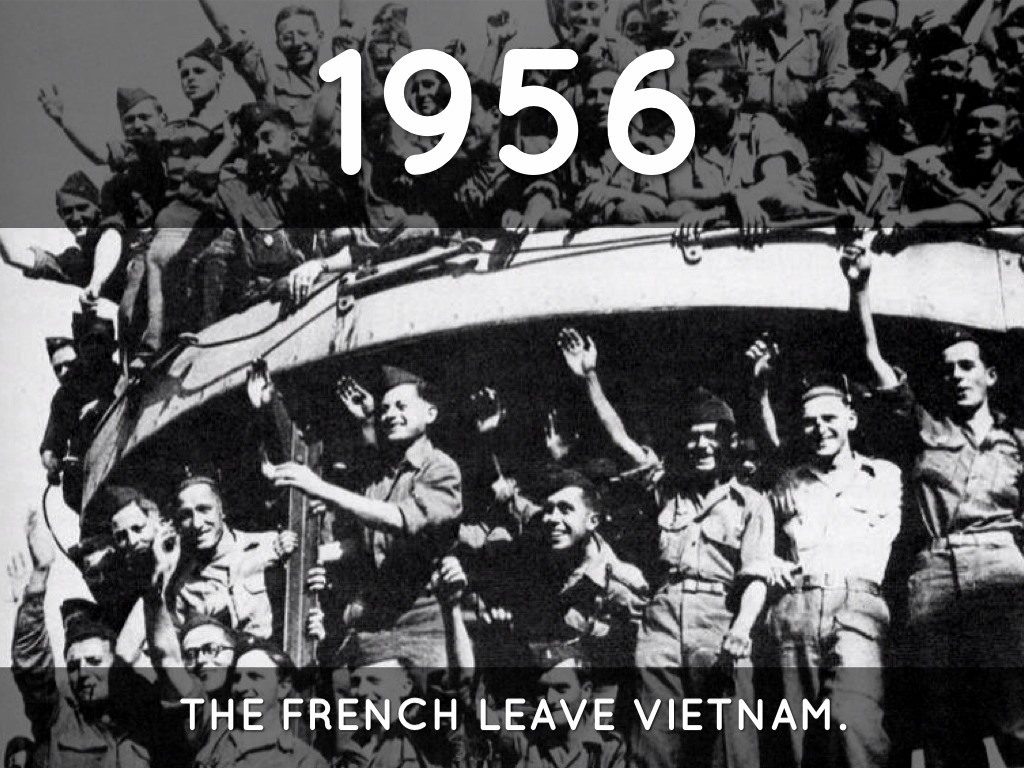
The 1956 event which was to be most consequential for those coming of age in the 50s was one which completely escaped the notice of most Americans who, at time, could not have found the country on a map. The French sent military forces into Vietnam after World War Two to reestablish control over the former colony but soon found themselves bogged down in a protracted and unwinnable conflict. They threw in the towel in 1956 and withdrew only to commit, once again, the unpardonable sin of hubris by within months sending these withdrawn troops to quell an uprising in their North African colony of Algeria from which they likewise withdrew in disgrace in 1962. The United States, of course, mistakenly conceiving itself somehow better at fighting insurgencies than the French, took up the cudgel in Vietnam and, if anything, found itself in an even deeper, more lethal and costly quagmire than the French. Historically, the maxim of native insurgent forces – that while the outsiders have the watches, they have the time – has yet to be disproved.
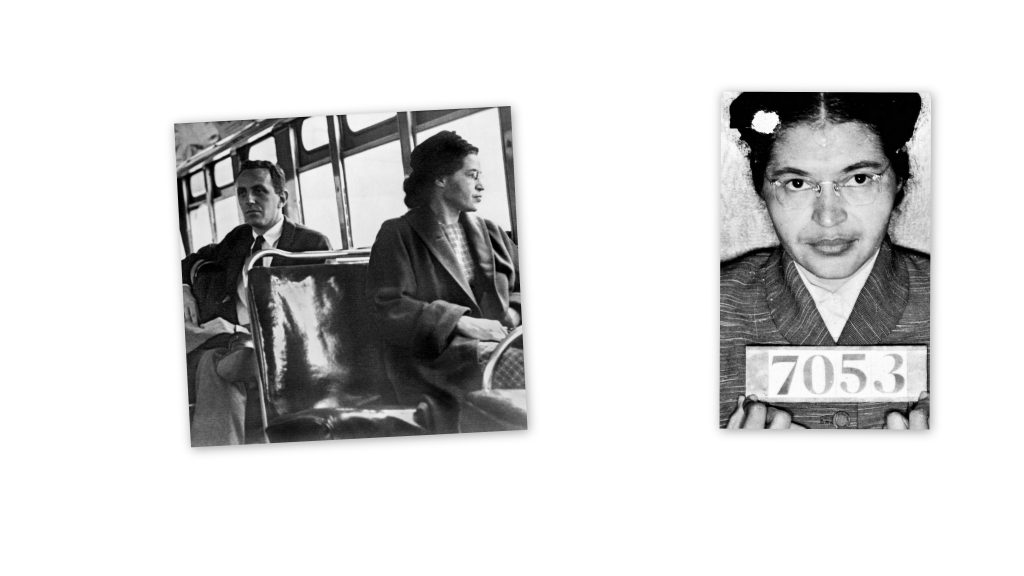
In the United States, race relations were much in the news in 1956, especially bus boycotts in Southern cities in which blacks were required to sit in the back on public transportation, or, if a bus happened to be full, give up their seats altogether to whites. Montgomery Alabama and Tallahassee Florida were a couple of the hot spots in 1956. In December 1955 Rosa Parks of Montgomery refused to give up her seat to a white man and was arrested. In 1956 the U.S. Supreme Court found the city’s bus policy unconstitutional and, as seen above, Rosa got to take a victory lap on a Montgomery bus. Martin Luther King spent time in and out of jail in 1956 for leading these boycotts and jail was, frankly, a safer place for King than his home which on January 31, 1956 was bombed by segregationists. His wife Coretta King thankfully heard the men planting the dynamite on the front steps and rushed to the back of the house where the King’s newborn daughter Yolanda was asleep. Both escaped injury.
In sports, Willie Mosconi made an incredible 150 straight shots in a tournament pool game, Ted Williams was fined $5000 for spitting on some heckling fans and Don Larsen pitched a perfect game in the World Series. However, no celebrity in 1956 could match the blossoming fame of a rock and roller named Elvis Presley. Don’t Be Cruel with the flip side of Hound Dog stayed at the top of the charts for months and Heartbreak Hotel became the first of Elvis’s many million sellers.
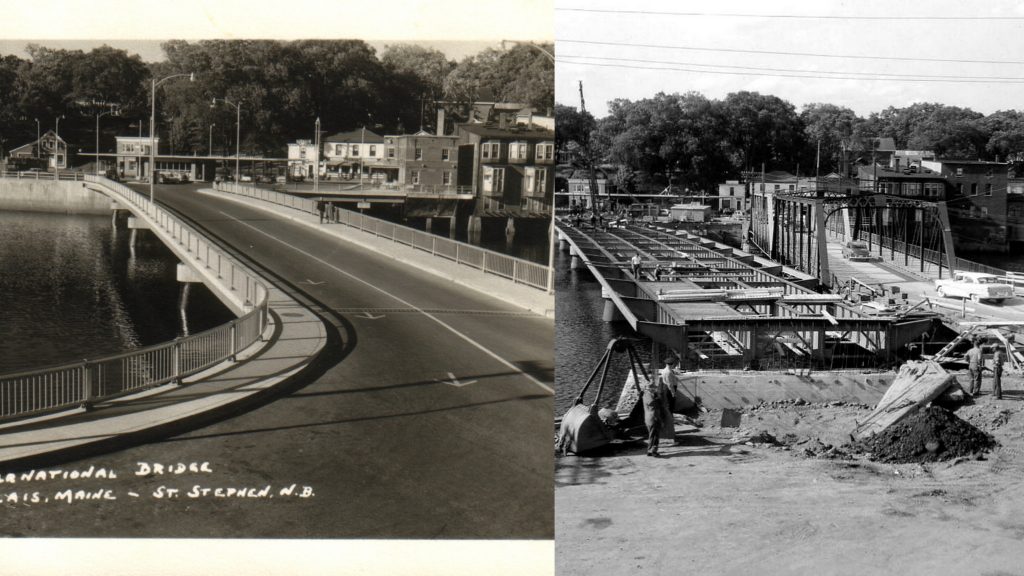
In Calais, the new bridge to Canada opened late in the year. It was a bit upriver from the old steel bridge which had been built in 1894. In the photo, cars can still be seen using the old bridge where according to Burlington Vermont Free Press smugglers were as rare as hen’s teeth:
Burlington Free Press July 27, 1956
Maine Border Smuggling To Canada Dying
ST. STEPHEN, N. B.
Customs officials say they’re convinced bigtime smuggling in this area is almost dead. Of more than 51,000 tourists who pass annually through this port-of-entry, only a comparatively few persons are caught trying to smuggle forbidden goods, and their attempts are described as being on a small scale. But the illegal activities of the few make policing the New Brunswick-Maine border a thankless task. The wiles and tricks of people willing to risk the penalty of two years in jail to get some American cigarets the usual type of contraband from Calais, Maine, just across the border keep officials on their toes. Standard hiding places are automobiles in the hub caps and spare tires, behind door panels and under upholstery. Others consider a baby carriage a sale place to keep smuggled American cigarets. More often than not, they’re proved wrong. An old list of customs infractions shows an American schooner captain caught trying to unload $5,600 worth of liquor in a Canadian port and a salesman whose hobby was smuggling false teeth to Canadian customers. A comparatively recent conviction saw a cigaret smuggler operating on a regular schedule lose his car, pay a $2,500 fine and receive a two-year penitentiary sentence.
Len H. Webber, collector of customs in charge of the 44-man staff here, says new inspection methods and a narrowing of the gap between U. S. and Canadian prices have cut down major smuggling.
It may well be that tourists were behaving themselves in 1956, although we doubt it, and certainly the figure of only 51,000 tourist crossings is way off the mark, but we can say for a fact that locals were smuggling in both directions on a massive scale throughout the 50s. The Calais downtown was dependent on Canadian business and the sight of Canadians disassembling bikes and other equipment for concealment or putting on several layers of clothing were so common as to be unremarkable. Arthur Unobskey once remarked that when the Canadian dollar was worth over 90 cents American, Calais businessmen had to make a trip to the bank every night. When it went below 80 cents, times became tough on the Calais Main Street.
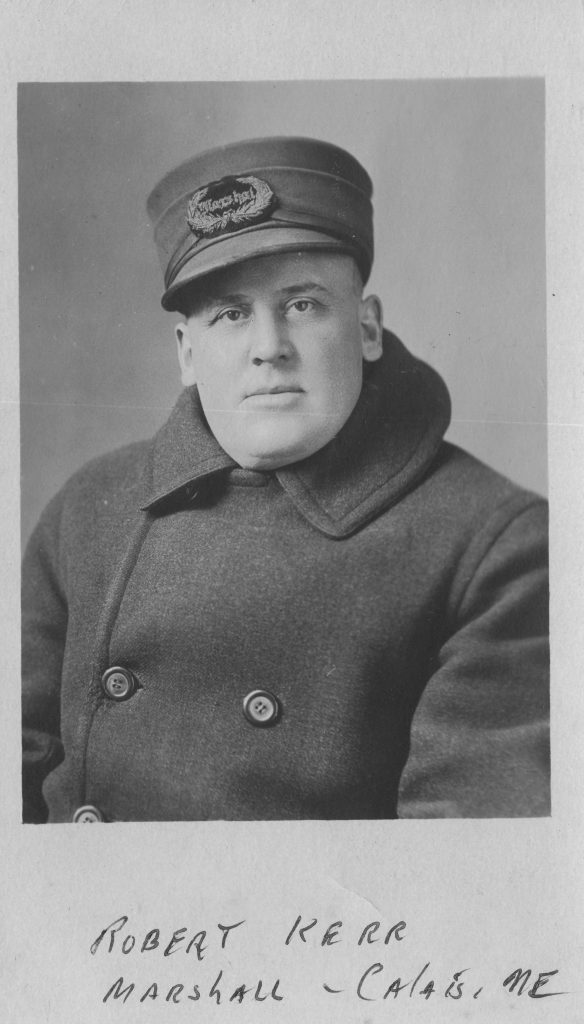
Calais’s most famous lawman, Robert “Bobby” Kerr died in 1956 after serving first as City Marshall from the early 20s until the 50s when he was Chief of Police. The Calais force began a pretty busy 1956 dealing with the likes of George “Peanut” Kent who lived in a small house on the river near the bottom of Hinckley Hill. The Kent house was accessed by a lane to the river near Alice Murdoch’s home on Main Street. Peanut and some friends were ringing in the 1956 New Year at Peanut’s house when the party got very rough and then turned deadly:
CALAIS, Jan. 1
Calais man fatally wounded by rifle blast
Calais January 1- Harold S Potter 43, of Calais died early Sunday morning of a gunshot wound and Washington County officials said that they are holding two other Calais men. Held on suspicion of the commission of a felony is George Kent. Emerson Fox is being held as a material witness.
RIFLE BLAST
Sheriff Raymond Tracy of Machias said that Potter was struck by fragments of a rifle bullet as he left a Calais residence in an automobile with a companion Saturday after a pre-holiday celebration in which Potter, Fox Kent and two others took part.
Calais Police Chief Albert Jensen said that Potters death was preceded by a fight in which a rifle, a pistol, a club and fists were used. Jensen and Tracy said that other members of the party were Patrick Phee and Leo Richards.
According to the officials Phee had been given a severe, “crack on the head” by the butt of a pistol, and Leo Richards, left the house after the fight and walked to a nearby gas station. Police quoted them, as saying that as they arrived at the gas station they heard four shots in the direction of the house they had just left.
Phee and Richards were subsequently taken to the Calais hospital by employees of the gas station where Phee was treated and released.
In the meantime, as far as investigating officers led by County Attorney Harold Jewett can determine Fox and Potter also left the house, climbed into Fox’s automobile and with Fox at the wheel drove away. It was at this point that the four shots were fired from the direction of the house, officials said. All four bullets from a 30-30 rifle struck the right side and rear of the car. One entered “the trunk on the right side,” another went through the right side of the car, pierced the door jamb and ended up at the right door of the two-door sedan. The fourth bullet went through the right hand side of the top of the car. Pieces of the shattered bullets were later found in the car and in the brain of the victim.
CROSSED CITY
Officers said that Fox kept going and crossed the city. At 7 o’clock Calais officers on their rounds noticed the car parked to front of Potter’s home with Fox, beaten about the face and head, slumped beneath, the wheel and Potter at his right with his head matted with blood, frozen to the doors window-pane. The temperature at this point was well below zero. Fox was taken into custody by the local police on a minor charge and Potter was taken to the Calais Hospital, where he was examined and given temporary treatment by Dr. H. C. Mitchell. At 1:28 o’clock Sunday morning Potter expired and a full-fledged investigation got underway, Potter’s body was taken to the Scott funeral home in Calais where Dr. John Metcalf of Calais, a county medical examiner, performed an autopsy Sunday morning. Dr. Metcalf stated that death was due to a gunshot wound in the brain. He said that the jagged nature of the wounds to the back of Potter’s skull indicate that the bullets went through some “strong material” before striking the victim. The pieces of the bullet or bullets taken from Potter’s brain resembled small bits of shrapnel, he said. Others assisting in the investigation include State Police Officers Frank W. Powers and Lawrence Hall, both of Calais; Chief Deputy Sheriff Joseph Ingalls of Lubec, and Calais Police Officers Herbert Gibson, George Rutherford, William Tracy, Thomas O’Hara and David Christie. Sheriff Tracy said that no warrants had been issued as of Sunday evening but that the two men would be arraigned Wednesday morning to Calais municipal court. Mr. Potter was born in Calais July I, 1912, the son of George and Linnie (Carver) Potter. Besides his wife, Mrs. Frances B. (Craig) Potter, he is survived by his mother; a brother, Nelson Potter of August; a sister, Mrs. Frances McLaughlin of Brownville. Funeral services will be held from the Everett L Scott Funeral Home, Tuesday afternoon at 2 o’clock, with the Rev. Kenneth pastor of the Knight Memorial Church officiating. Friends may call at the funeral home at any time.
At the February term of Superior Court George “Peanut” Kent pled guilty to manslaughter and was sentenced to eight-sixteen years in State Prison. The “material witness” Emerson Fox pled to OUI and was sentenced to 30 days in the county jail. Peanut returned to Calais after serving his sentence although he apparently had failed the rehabilitation course at Thomaston. In the 70s he was arrested for various offenses including malicious mischief, disorderly conduct, discharging a firearm within the city limits and arson. He died in Calais in August of 1979.
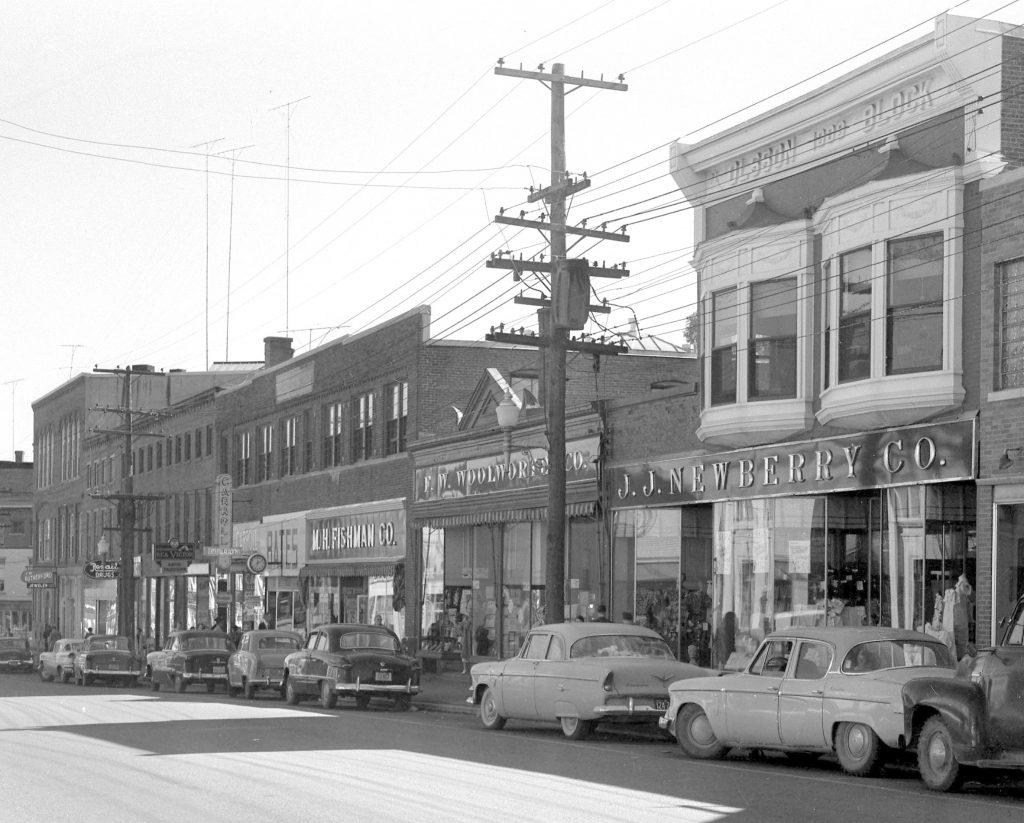
Another incident of gunplay in Calais in 1956 involved the police department, which is very rare indeed. The local police were generally not armed. Calais had gotten a police cruiser only three years earlier. In the many old photos of the local police in the Historical Society collection, none of the officers are shown carrying a firearm and yet in a routine burglary call in 1956 Officer Parker Greenlaw shot a juvenile in Newberry’s on Main Street.
Calais Youth 19 Suffers From Police Bullet Wound
CALAIS June 6— Calais Advertiser
Leonard Mitchell 18 of Calais was under police guard in a local hospital tonight for treatment of a bullet wound received just before mid-night last night in a local department store Authorities said that Mitchell was shot in the left thigh by Calais Police Officer Parker Greenlaw after the latter and Officer Herbert Goodwin had surprised the youth in the J. J. Newberry store on Main street.
CONDITION GOOD Dr. H.C. Mitchell said tonight that his patient’s condition was good. County Attorney Harold V Jewett of Calais who is investigating stated today that complete details about the shooting are not yet available. He said that Mitchell is to be charged with breaking entering in the nighttime with intent to commit larceny. Leonard Mitchell had gained entrance by ripping away an iron grating over a rear window, smashing the window and clambering inside the store through a small back office. Police said he was surprised by the officers within a very few minutes after he had gained entrance. The shooting occurred just after he had come out of a small room in the store and stepped into an aisle of the store in view of the officer. Dr. Mitchell stated that the bullet which glanced off the floor and smashed some glassware after it struck the youth had passed through the fleshy tissue of the youth’s thigh.
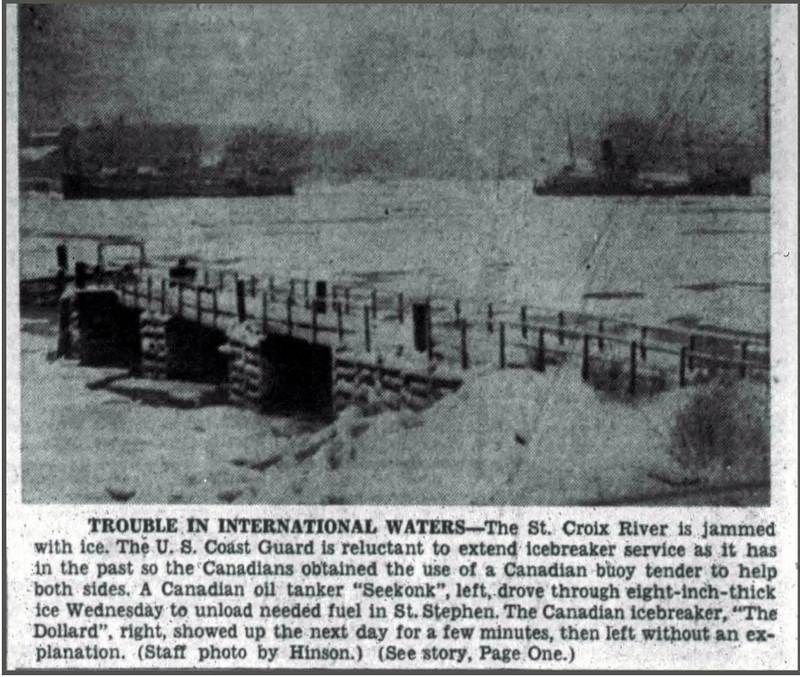
We have previously written about Calais and St. Stephen’s winter fuel problem in years the river froze early and hard. When coal was king supplies often ran low or out completely in the late winter and the same was true with fuel oil in the 1950s. Both sides of the river had to depend on icebreakers to free a channel to the Dead River and Irving terminals. In 1956 the U.S. Coast Guard refused to send an icebreaker and in addition to leaving U.S. residents cold and angry, caused a political uproar.
From the Bangor Daily:
Tanker Makes Way Up Ice locked River
By JAY HINSON CALAIS, Jan. 4 1956
Events took an unexpected turn Wednesday in the battle of the ice-locked St. Croix River into which the United States Coast Guard has not as yet sent a breaker to clear the channel for fuel tankers.
11 Miles OUT OF ST. JOHN
A Canadian icebreaker, the Dollard out of St. John. N. B arrived at a point six miles downriver from the twin cities of Calais, Maine, and St. Stephen, N. B, at I o’clock in the afternoon and anchored off Devil’ Bead, port officials said. A large oil tanker, the “Seekonk” of the Irving Oil Company of New Brunswick, captained by Allan Vallle of Halifax. N. B., which had pulled in behind the icebreaker, awaited the return of a motor boat which the icebreaker put off for reconnaissance upriver. The crew of the small craft returned after going to Whitlock Mills Light, three miles from Calais and reported that there was no ice in the river. Believing that the harbor had been fully explored, the captain of the icebreaker advised the captain of the tanker of his report of no iced conditions and upped anchor. Captain Tallis worked his 400,000-gallon capacity tanker up the St Croix River to within a third of a mile of the Irving Oil Company dock in St. Stephen. It was here that the prow of his craft met with an eight-inch-thick ice barrier stretching from shore to shore.
By charging and retreating innumerable times the captain Inched his way up the frozen Channel and, after two hour of expert manipulation, worked the tanker into the dock Wednesday evening and a quarter of a million gallons of much needed oil for furnaces, kerosene for stoves and gasoline were being pumped into nearly empty supply tanks.
Meanwhile the pier of the Dead River Oil Company in Calais was still surrounded by the thick ice and the company, which supplies most of Washington. County’s fuel is still being confronted with the problem of transporting enough of its product to meet the demand. Help was apparently on the way Wednesday evening, however, as word was received from A. Wesley Stuart of St. Andrews, a member M Parliament for Charlotte, N. B county, who said that he had contacted the Department of Transport Office in St. John, N. B, which operates the icebreaker service. Stuart reported that the icebreaker “Dollard” had been ordered by radio to turn back at sea and clear out the St. Croix River channel by Thursday. The original request for the Canadian icebreaker was made by Jack Lee, manager at St. Stephen for the Irving Oil Company. Lee made the request in an effort to cooperate with the Dead River Oil Company in Calais which for many years in the past had arranged for a United States Coast Guard Icebreaker to clear both sides of the international river. The United States Coast Guard Is reluctant to send its icebreaker up the St. Croix River because, it maintains, the channel is too shallow at low tide for the safety of its craft. Fuel companies on both sides of the river which ordinarily obtain their supply by tanker have been operating trucks and railroad tank cars night and day to supply the demand.
Complaints were made by local representatives to Margaret Chase Smith regarding the cavalier attitude of our Coast Guard to keeping the river clear but within a week the problem had been solved locally:
January 11, 1956 Arthur Kallenberg a regular contributor to the Advertiser explained:
Old Mother Nature, with the helping hand extended by dynamite blasts touched off by the Canadian firm engaged in building the new bridge just above the Ferry Point bridge, very definitely ended the hassle with icebreakers coming up the St. Croix to clear the river of an eight-inch thick blanket of ice that prevented oil tankers from coming up to discharge sorely needed cargos of fuel oil, kerosene and gasoline at the dock of the Dead River Oil Company.
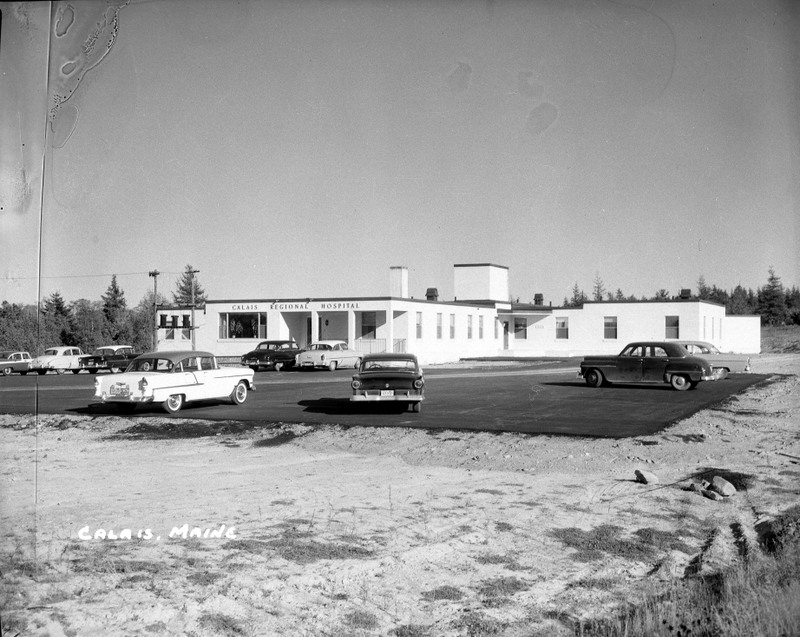
In other local news of 1956 the new hospital opened on Franklin Street, a building we understand will be demolished in the near future, the NCO Club began holding public dances at the Calais Armory, music to be provided by Buffy Eagan’s Orchestra, a rash of false alarms kept the fire department so busy the problem was reported in newspapers as far afield as the Rochester New York Democrat and the local citizens were generally outraged over the proposal to discontinue rail passenger service from Calais to Bangor. We say generally because local businesses who depended on reasonable freight rates strongly supported the proposal arguing, not without cause, that high freight rates were subsidizing the passenger service and bankrupting them.
Mr. and Mrs. Peter Delmonaco of Lincoln Street welcomed family from Italy who had survived the sinking of the Andrea Doria into their home. According to a Bangor Daily report written by Jay Hinson the family had clung for hours to the side of the ship. The family had managed to make their way from four floors below the main deck and “Once on the main deck the Del Monaco’s crawled up to the port side of the ship which is the highest above the water, and clung there perilously for four hours.” Finally help arrived and “Mr. and Mrs. Delmonaco were each handed a baby by a mother with five children and they and their own two children climbed down a rope ladder into a waiting lifeboat.”
On the Canadian side the underground walkway at the Causeway was nearing completion, alleviating a very dangerous pedestrian traffic hazard, 4000 chickens found a home in the old axe factory and the Dover Inn reopened after repairs from a fire which had damaged the historic building.
Finally the Class of 1956 at their 25th reunion:
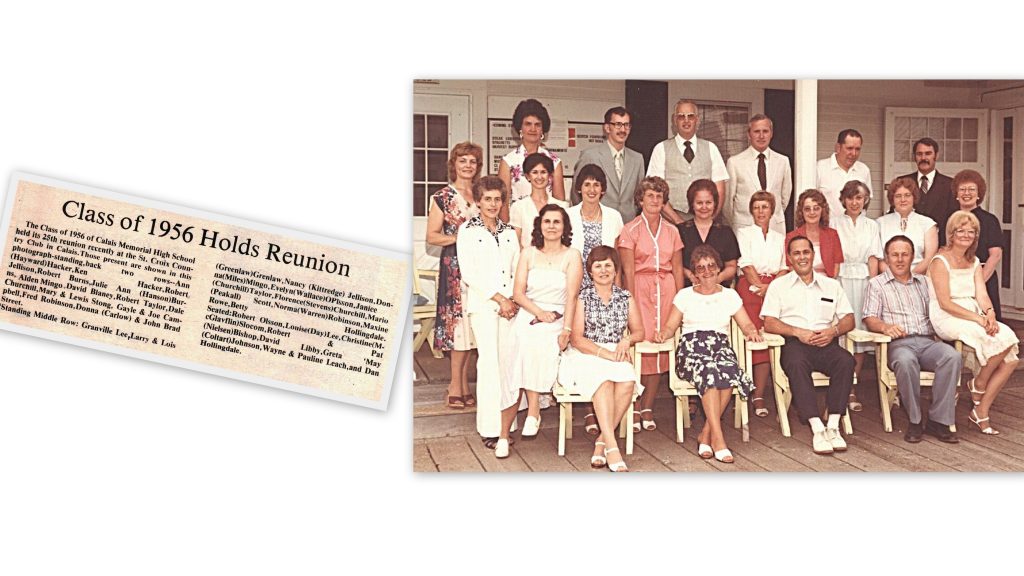
…and some ads from 1956:
